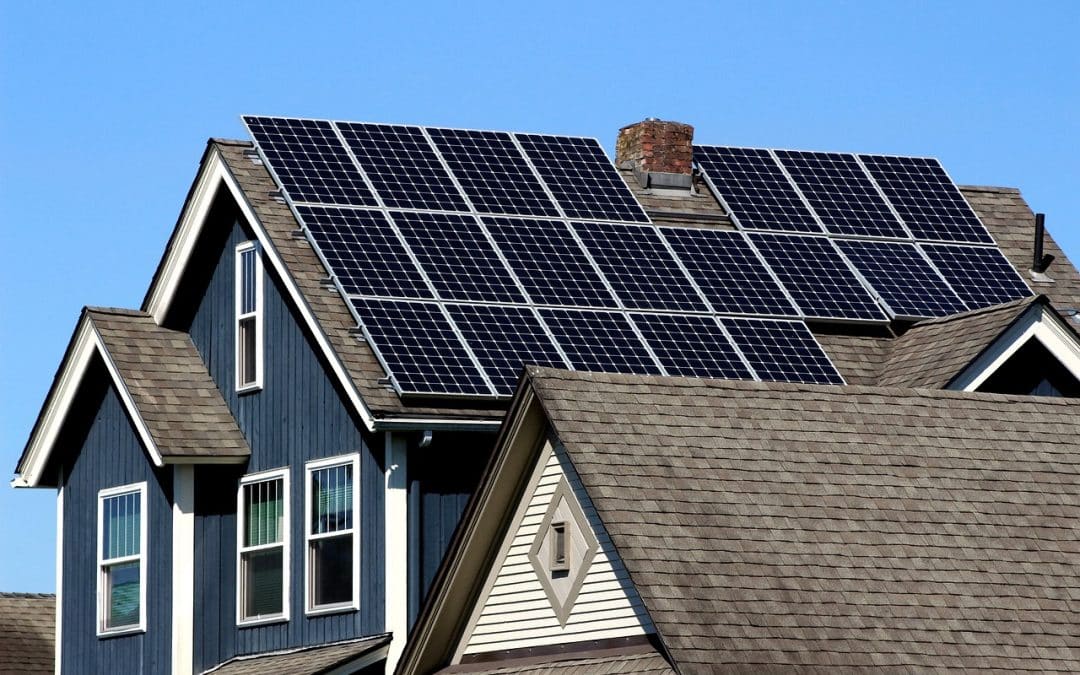A Phil Hall Op-Ed: It is extremely rare for a government agency to publish anything that is even vaguely negative in connection with green energy, which makes last Thursday’s announcement by the Consumer Financial Protection Bureau (CFPB) regarding solar financing rather jolting.
The agency issued a report that declared “some residential solar lenders are misleading homeowners about the terms and costs of their loans, misrepresenting the energy savings they will deliver, and cramming markup fees into borrowers’ loan balances.” This may surprise many people who believe the solar power industry is only interested in saving people money on their utility bills.
The CFPB pointed out that solar energy represented 55% of new electricity-generating capacity added to the grid in 2023, compared to 23% of new capacity in 2018. Government incentives helped boost that share – federal tax credits currently cover approximately 30% of the installation cost, and the average residential solar project costs $25,000. More than half (58%) of residential solar projects last year were paid through loans.
However, the CFPB reported that “the rapid rise of nonbank lenders partnered with solar salespeople into the solar market is also raising the potential for illegal behavior and consumer harm.” Part of the problem involves how the loans are originated – a rising number of door-to-door salespeople are aggressively approaching homeowners directly, selling both the purchase of a solar energy system and the loan through their company that would finance the installation. Of course, that’s not how home loan or auto loan lenders work.
The unsuspecting homeowners who get bamboozled by these characters are soon bombarded with unexpected costs. The CFPB noted the solar lenders “build hidden fees into their loans by marking up the principals of the loans. These ‘dealer fees’ often increase the loan cost by 30% or more above the cash price of a solar project.”
Also, today’s solar loan marketing often promotes a 30% federal “Investment Tax Credit” for residential solar installations, even though receiving a tax credit is not guaranteed and is based on a borrower satisfying multiple eligibility factors. As the CFPB warned, “Consumers may end up believing either the tax credit will subtract from the ‘net cost’ or that the ‘net cost’ is what will be paid regardless of whether they end up qualifying for and receiving the tax credit.”
Furthermore, the CFPB highlighted how “loan terms may require a substantial prepayment by a certain date that is equal to the expected tax credit. If a homeowner does not qualify for the tax credit, they will end up on the hook for the prepayment or face substantially higher monthly payments.”
As for the great utility savings that many people associate with solar power installations, the CFPB stressed that the “the financial benefits of solar projects are uncertain and can vary significantly by geographic location and season.” And often, homeowners must pay for the upkeep and repairs to their solar systems in addition to their high loan payments. Alas, the concept of one-size-fits-all doesn’t fit when it comes to solar energy.
“With sweltering heat across America this summer, many families are installing solar panels to save on energy costs to cool their home,” said CFPB Director Rohit Chopra in a statement. “The CFPB is closely scrutinizing solar lenders to make sure that Americans don’t get burned.”
Homeowners should read the fine print more than once before signing any contract involving solar power installation – just because something is promoted as “green” doesn’t mean it comes easily or inexpensively. And while the CFPB doesn’t always get it right, in this case the agency deserves credit for addressing the false impression that green energy companies always offer the best solutions for our energy and environmental problems.
Phil Hall is editor of Weekly Real Estate News. He can be reached at [email protected].












